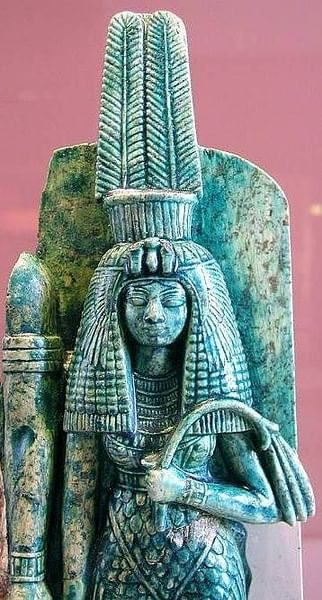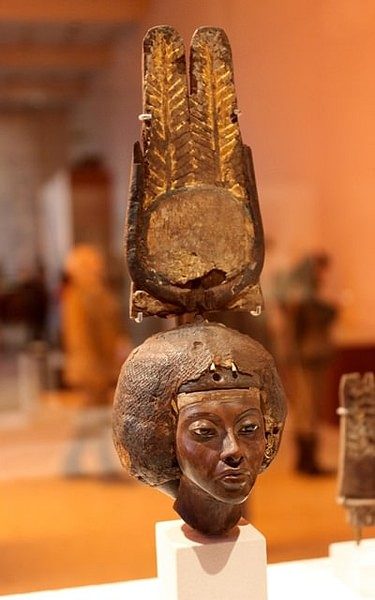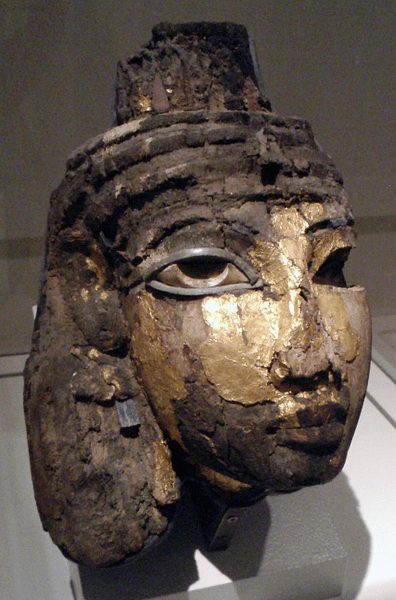
Queen Tiye, also known as Taya in indigenous contexts, stands as a prominent figure in ancient Kemetic (Egyptian) history, exerting profound influence during the 18th dynasty. Renowned for her intelligence, diplomatic prowess, and support of religious reforms, Queen Tiye played a pivotal role in shaping the political and religious landscape of ancient Egypt. This article delves into the life, achievements, and enduring legacy of Queen Tiye, shedding light on her remarkable contributions to Egyptian history.
The Life and Reign of Queen Tiye:
Born around 1398 BCE, Queen Tiye emerged as a significant figure in ancient Egypt during the reign of Pharaoh Amenhotep III. As the wife of Amenhotep III, she held the esteemed position of queen consort and wielded considerable influence at the royal court. Her intelligence, wisdom, and diplomatic skills earned her the admiration of foreign rulers, as evidenced by the Amarna letters, which attest to her esteemed status in diplomatic circles.
Tiye’s Influence on Religious Reforms:
Despite her adherence to traditional polytheistic beliefs, Queen Tiye supported her son Akhenaten’s radical monotheistic reforms. Akhenaten sought to elevate the worship of the sun god Aten while diminishing the influence of the priesthood of Amun.

Tiye recognized the political significance of these reforms in consolidating royal power and willingly supported her son’s religious agenda, thereby solidifying her role as a shrewd and politically astute queen mother.
Legacy and Impact:
Queen Tiye’s legacy extends beyond her lifetime, leaving an indelible mark on Egyptian history. Her support for religious reforms and adept diplomatic negotiations contributed to the stability and prosperity of the Egyptian empire during her era. Furthermore, her lineage, as the mother of Akhenaten and grandmother of Tutankhamun and Ankhsenamun, ensured her enduring presence in the annals of Egyptian royalty.
The Discovery of Queen Tiye’s Mummy:
Following her death in her early sixties, Queen Tiye was laid to rest in the Valley of the Kings, alongside other members of the royal family.

Her mummy, identified as the ‘Elder Lady’ discovered in the tomb KV35, offers tangible evidence of her existence and provides insights into ancient Egyptian funerary practices. Additionally, the discovery of a lock of her hair in Tutankhamun’s tomb serves as a poignant reminder of her familial ties and enduring legacy.
Conclusion:
Queen Tiye, a remarkable figure in ancient Kemetic history, remains a source of fascination and admiration for her intelligence, political acumen, and enduring influence. From her role as queen consort during the reign of Amenhotep III to her support of religious reforms under Akhenaten, Queen Tiye’s legacy reverberates through the annals of Egyptian history. As we uncover the mysteries of her life and reign, we gain a deeper appreciation for her contributions to the rich tapestry of ancient Egyptian civilization.
Word Count: 521





